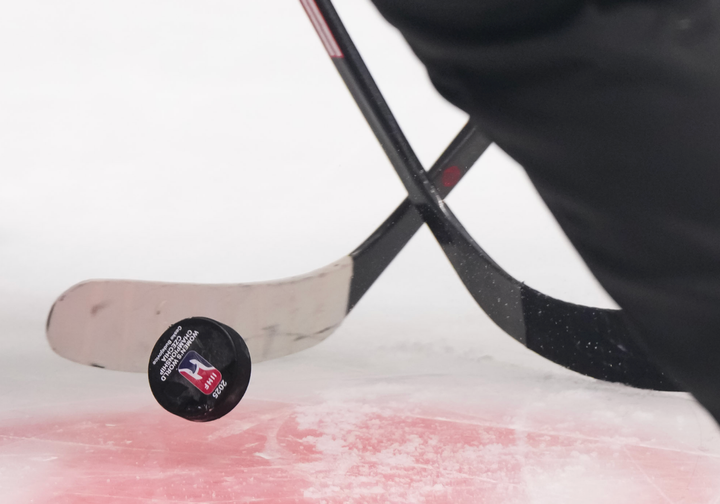Wicked Angles: The pros and cons of single-elimination playoffs
Why the next era of PHF playoff hockey should have true series and not single-elimination showdowns.
The fate of the Isobel Cup hasn’t always rested on one game. Back in 2015-16, the Buffalo Beauts battled their way to the Final on the mercy of a best-of-three against the Connecticut Whale. Despite a middling record all season, including a season-long losing streak against Connecticut, Buffalo was able to shock the top dogs and face off against Boston for what would become the first of three consecutive Cup runs. That’s what the best-of-three can do for a team — it can push them to a newer brink, a higher level, and give them a reason to keep fighting.
Since the switch to a single-elimination format in 2016-17, we’ve been able to see a lot of teams capitalize there as well. With a single game comes the greater importance of playing clean, making fewer mistakes, and never underestimating the team you’re playing against. With it also comes fewer opportunities for the underdog to triumph, or for the top-seeded team to really show why it belongs on top. Buffalo, for example, was able to exact its revenge on Boston largely thanks to the single-game format, winning its Cup in 2017 after losing the Final the season prior.
It can make for a more exciting outcome, for sure. But can it really make it a fair fight?
It’s obvious why the PHF keeps this format around. For all its growth, the league hasn’t yet reached a point where it can sustain week-long playoff rounds with lower seeds traveling to the higher-ranked teams’ home rinks. The players are not yet situated where they can afford to take multiple days or even weeks off in order to win a championship; many of them, as has been mentioned countless times by the time I’m writing this, have full-time jobs outside of their sport, commitments they can’t yet back out on because the Fed doesn’t give them the income they need in order to do so. Logistically and financially, we just can’t make a best-of-three or best-of-five happen at this juncture.
The promise of new money by the PHF’s Board of Governors starting next season makes this current reality less of a sure thing as we enter year eight. Much of this money is promised most likely to strengthen the Fed’s infrastructure, which in turn will strengthen salaries, which over time will make it less likely that the players will have to worry about carving time out of their full-time schedules for hockey. In fact, hockey will hopefully become the full-time concern for many of these players, just like it has for National Team players (and already for some of the athletes playing in the Fed right now).
What does this mean for the on-ice product? It means more hockey, obviously, but it also means we might get to see these teams play to their full potential. We can see a team like Toronto gather itself after the adversity some of its players faced in traveling down to Tampa, and maybe dominate Boston in a Game Two. We can see Minnesota hit its stride offensively and take it to Connecticut, or a team like Buffalo rally around its young netminder and veteran co-captains to make it a close call against an experienced Pride squad. We might get to see even more of the parity that makes this league so exciting to watch, and get to know these players even better over the course of a full series. It might not seem like such a whirlwind, although sometimes that can make for some awesome high-octane hockey as well.
It’s not quite clear what the future of the league and its playoff format will look like right now, obviously, but I’m hoping it rethinks this structure and looks to give all its teams a thorough shot at Izzy in the seasons to come. I loved this weekend and everything it brought, but I will gladly watch from the comfort of my home if it means I can see more of the sport I love played to its fullest.





Comments ()